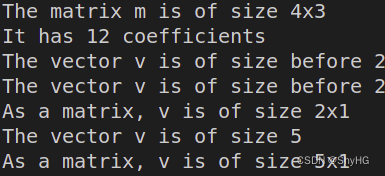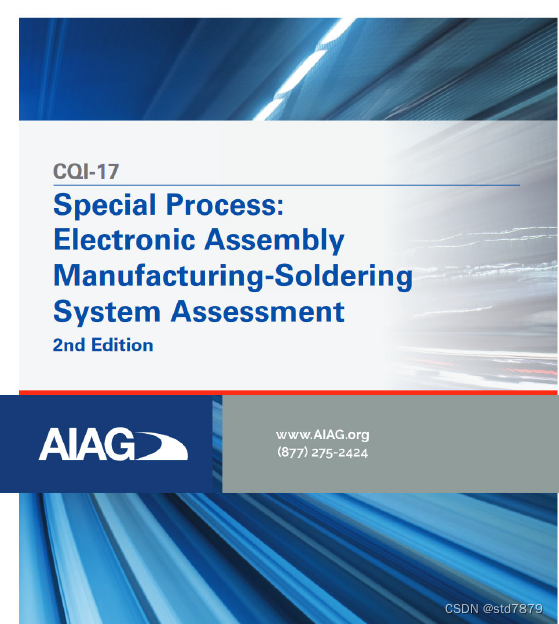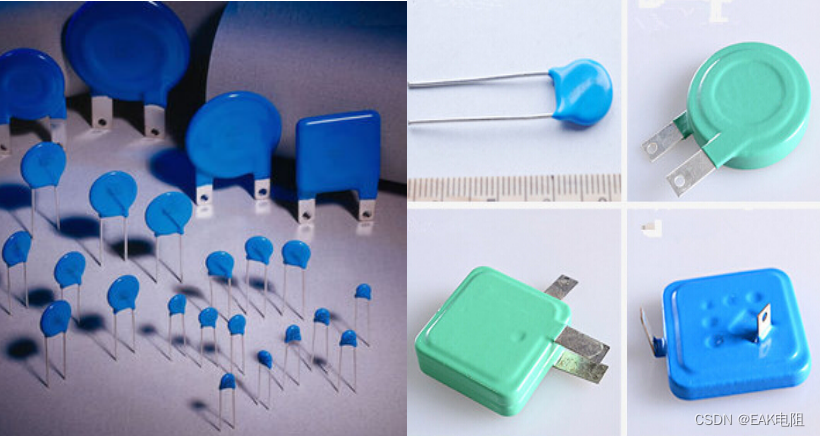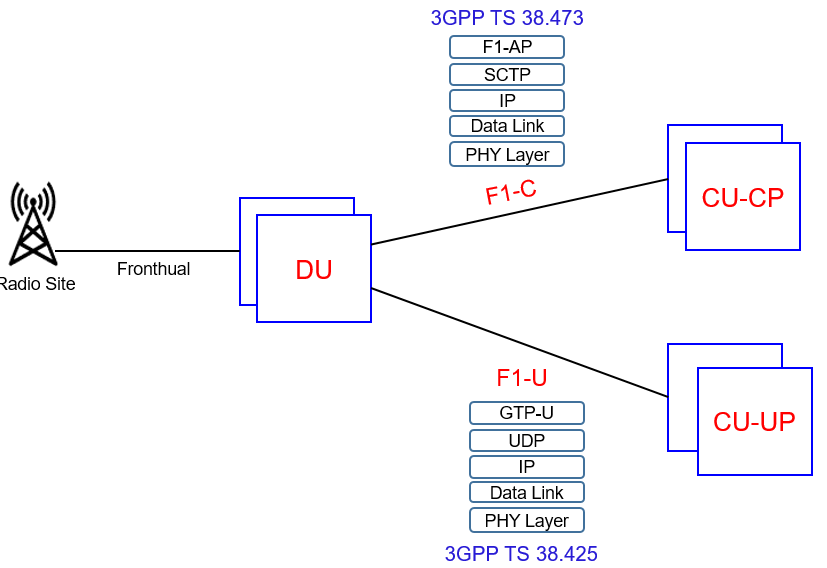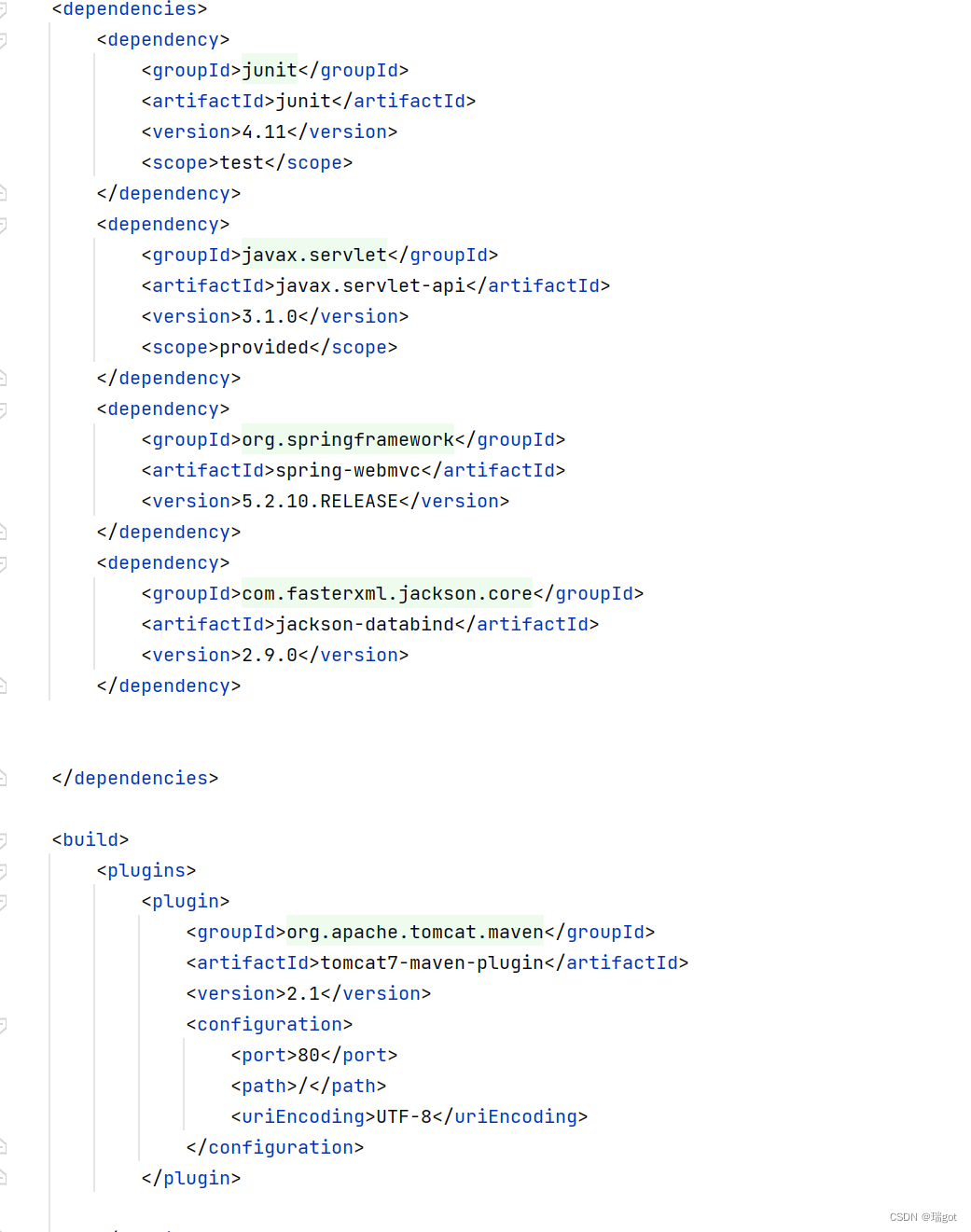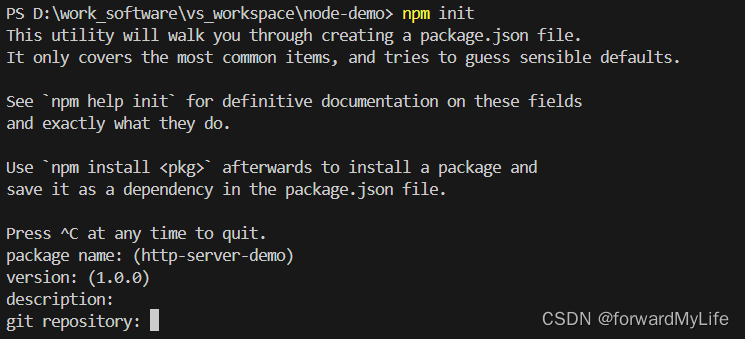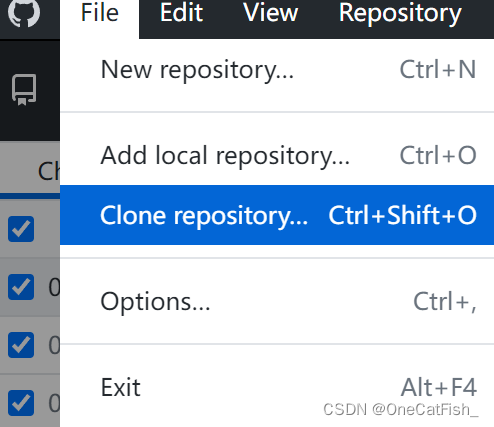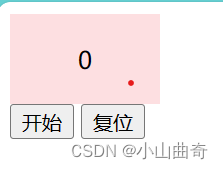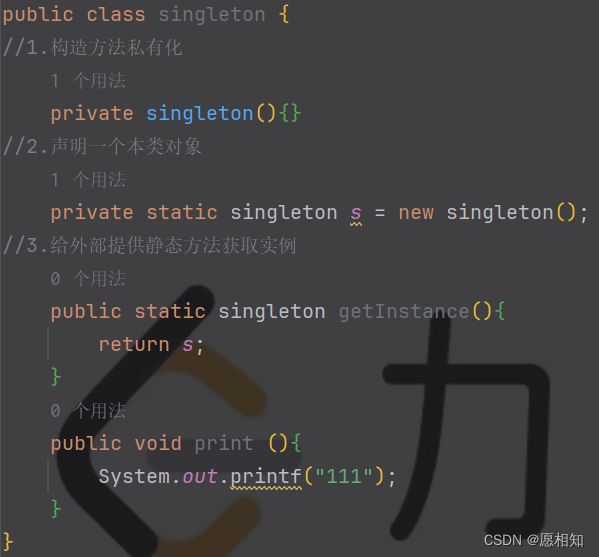CUDA从入门到放弃(十四):CUDA Thrust库
Thrust 是一个基于标准模板库(STL)的 C++ 模板库,专为 CUDA 设计,旨在简化高性能并行应用的开发。它提供了一系列数据并行原语,如扫描、排序和归约,可组合实现复杂算法。通过高级抽象描述计算,Thrust 能自动选择最优实现,适用于 CUDA 应用的快速原型设计和生产环境,提高程序员生产率和性能。
1 安装
安装 CUDA Toolkit 会将 Thrust 的头文件复制到您系统的标准 CUDA 包含目录中。由于 Thrust 是一个由头文件组成的模板库,因此无需进行其他安装步骤即可开始使用 Thrust。
2 Vectors
Thrust 提供了 host_vector 和 device_vector 两种向量容器,分别用于主机和 GPU 设备内存。它们类似于 C++ STL 中的 std::vector,是泛型容器,可动态调整大小。使用 = 运算符可以轻松地复制容器内容。device_vector 的元素可以通过标准括号访问,但应谨慎使用,因为每次访问都涉及内存复制。
#include <thrust/host_vector.h>
#include <thrust/device_vector.h>
#include <iostream>
int main(void)
{
// H has storage for 4 integers
thrust::host_vector<int> H(4);
// initialize individual elements
H[0] = 14;
H[1] = 20;
H[2] = 38;
H[3] = 46;
// H.size() returns the size of vector H
std::cout << "H has size " << H.size() << std::endl;
// print contents of H
for(int i = 0; i < H.size(); i++)
std::cout << "H[" << i << "] = " << H[i] << std::endl;
// resize H
H.resize(2);
std::cout << "H now has size " << H.size() << std::endl;
// Copy host_vector H to device_vector D
thrust::device_vector<int> D = H;
// elements of D can be modified
D[0] = 99;
D[1] = 88;
// print contents of D
for(int i = 0; i < D.size(); i++)
std::cout << "D[" << i << "] = " << D[i] << std::endl;
// H and D are automatically deleted when the function returns
return 0;
}
Thrust 还提供了初始化向量元素和复制特定值集的方法。
#include <thrust/host_vector.h>
#include <thrust/device_vector.h>
#include <thrust/copy.h>
#include <thrust/fill.h>
#include <thrust/sequence.h>
#include <iostream>
int main(void)
{
// initialize all ten integers of a device_vector to 1
thrust::device_vector<int> D(10, 1);
// set the first seven elements of a vector to 9
thrust::fill(D.begin(), D.begin() + 7, 9);
// initialize a host_vector with the first five elements of D
thrust::host_vector<int> H(D.begin(), D.begin() + 5);
// set the elements of H to 0, 1, 2, 3, ...
thrust::sequence(H.begin(), H.end());
// copy all of H back to the beginning of D
thrust::copy(H.begin(), H.end(), D.begin());
// print D
for(int i = 0; i < D.size(); i++)
std::cout << "D[" << i << "] = " << D[i] << std::endl;
return 0;
}
2-1 Thrust 命名空间
Thrust 命名空间允许我们调用特定的函数或类,如 thrust::host_vector 和 thrust::copy,从而避免与其他库中的函数或类名称冲突。
2-2 迭代器与静态分发 Iterators and Static Dispatching
在 Thrust 中,迭代器类似于指针,用于访问容器中的元素。Thrust 函数通过检查迭代器的类型,自动决定使用主机还是设备实现,这个过程称为静态分发,它在编译时确定,没有运行时开销。
原始指针和device_ptr 互相转换:
如果使用原始指针作为参数,Thrust 会默认使用主机路径。若指针指向设备内存,则需要用 thrust::device_ptr 包装后再调用函数。
size_t N = 10;
// raw pointer to device memory
int * raw_ptr;
cudaMalloc((void **) &raw_ptr, N * sizeof(int));
// wrap raw pointer with a device_ptr
thrust::device_ptr<int> dev_ptr(raw_ptr);
// use device_ptr in thrust algorithms
thrust::fill(dev_ptr, dev_ptr + N, (int) 0);
从 device_ptr 中提取原始指针:
size_t N = 10;
// create a device_ptr
thrust::device_ptr<int> dev_ptr = thrust::device_malloc<int>(N);
// extract raw pointer from device_ptr
int * raw_ptr = thrust::raw_pointer_cast(dev_ptr);
STL 和 互相转换:
#include <thrust/device_vector.h>
#include <thrust/copy.h>
#include <list>
#include <vector>
int main(void)
{
// create an STL list with 4 values
std::list<int> stl_list;
stl_list.push_back(10);
stl_list.push_back(20);
stl_list.push_back(30);
stl_list.push_back(40);
// initialize a device_vector with the list
thrust::device_vector<int> D(stl_list.begin(), stl_list.end());
// copy a device_vector into an STL vector
std::vector<int> stl_vector(D.size());
thrust::copy(D.begin(), D.end(), stl_vector.begin());
return 0;
}
3 Algorithms
Thrust 提供众多常见并行算法,其中许多与 STL 中的算法相对应,并采用相同名称。这些算法都有主机和设备的实现,根据使用的迭代器类型自动选择执行路径。除了 thrust::copy 外,Thrust 算法的迭代器参数应全部位于同一位置(主机或设备),否则编译器会报错。
3-1 Transformations
以下源代码演示了几种转换算法。
#include <thrust/device_vector.h>
#include <thrust/transform.h>
#include <thrust/sequence.h>
#include <thrust/copy.h>
#include <thrust/fill.h>
#include <thrust/replace.h>
#include <thrust/functional.h>
#include <iostream>
int main(void)
{
// allocate three device_vectors with 10 elements
thrust::device_vector<int> X(10);
thrust::device_vector<int> Y(10);
thrust::device_vector<int> Z(10);
// initialize X to 0,1,2,3, ....
thrust::sequence(X.begin(), X.end());
// compute Y = -X
thrust::transform(X.begin(), X.end(), Y.begin(), thrust::negate<int>());
// fill Z with twos
thrust::fill(Z.begin(), Z.end(), 2);
// compute Y = X mod 2
thrust::transform(X.begin(), X.end(), Z.begin(), Y.begin(), thrust::modulus<int>());
// replace all the ones in Y with tens
thrust::replace(Y.begin(), Y.end(), 1, 10);
// print Y
thrust::copy(Y.begin(), Y.end(), std::ostream_iterator<int>(std::cout, "\n"));
return 0;
}
3-2 Reductions
归约算法使用二元操作将输入序列减少到单个值。
例如,通过使用加法操作对数字数组进行归约,可以得到数组的和。使用 thrust::reduce 实现数组的和如下:
int sum = thrust::reduce(D.begin(), D.end(), (int) 0, thrust::plus<int>());
通过使用接受两个输入并返回最大值的操作符进行归约,可以得到数组的最大值。
int max_value = thrust::reduce(data.begin(), data.end(),
data[0], // 初始值
thrust::maximum<int>()); // 自定义操作符
thrust::count 返回给定序列中特定值的实例数量。
int result = thrust::count(vec.begin(), vec.end(), 1);
3-3 Prefix-Sums
并行前缀和,或扫描操作,是许多并行算法(如流压缩和基数排序)中的重要组成部分。
以下代码演示了使用默认加法运算符的 inclusive_scan 操作:
#include <thrust/scan.h>
int data[6] = {1, 0, 2, 2, 1, 3};
thrust::inclusive_scan(data, data + 6, data); // in-place scan
// data is now {1, 1, 3, 5, 6, 9}
在包含扫描中,输出序列的每个元素都是输入范围内相应部分的和。例如,data[2] = data[0] + data[1] + data[2]。
exclusive scan 类似,但向右移动了一个位置:
#include <thrust/scan.h>
int data[6] = {1, 0, 2, 2, 1, 3};
thrust::exclusive_scan(data, data + 6, data); // in-place scan
// data is now {0, 1, 1, 3, 5, 6}
因此,现在 data[2] = data[0] + data[1]。
Thrust 还提供了 transform_inclusive_scan 和 transform_exclusive_scan 函数,它们在执行扫描之前对输入序列应用一元函数。
3-4 Reordering
Thrust 通过以下算法提供了对分区和流压缩的支持:
- copy_if:复制满足特定断言条件的元素到一个新的容器
#include <thrust/copy_if.h>
#include <thrust/device_vector.h>
#include <thrust/functional.h> // for thrust::is_even
#include <iostream>
int main(void)
{
// 初始化设备向量
thrust::device_vector<int> data = {1, 2, 3, 4, 5, 6, 7, 8, 9, 10};
// 创建一个空的设备向量用于存储结果
thrust::device_vector<int> even_numbers(data.size());
// 使用 copy_if 复制偶数
// 注意:copy_if 的结果迭代器是输出范围的开始迭代器
thrust::copy_if(data.begin(), data.end(),
even_numbers.begin(),
thrust::is_even<int>()); // 断言条件:检查是否为偶数
// 获取实际复制的元素数量
size_t even_count = thrust::distance(even_numbers.begin(),
thrust::remove_if(even_numbers.begin(), even_numbers.end(), thrust::not1(thrust::is_even<int>())).end());
// 调整 even_numbers 的大小以匹配实际元素数量
even_numbers.resize(even_count);
// 输出结果
std::cout << "Even numbers: ";
thrust::copy(even_numbers.begin(), even_numbers.end(), std::ostream_iterator<int>(std::cout, " "));
std::cout << std::endl;
return 0;
}
- partition:partition 函数会根据提供的断言条件重新排列输入序列中的元素,使得满足条件的元素出现在不满足条件的元素之前。
#include <thrust/partition.h>
#include <thrust/device_vector.h>
#include <thrust/functional.h> // for thrust::less
#include <iostream>
int main(void)
{
// 初始化设备向量
thrust::device_vector<int> data = {1, 3, 2, 5, 4, 6, 7, 8, 9, 10};
// 使用 partition 重新排列数据,使得小于 5 的数在前
thrust::partition(data.begin(), data.end(), thrust::less<int>(5));
// 输出结果
std::cout << "Partitioned data: ";
thrust::copy(data.begin(), data.end(), std::ostream_iterator<int>(std::cout, " "));
std::cout << std::endl;
return 0;
}
- remove 和 remove_if:remove函数会移除给定序列中等于某个特定值的所有元素,而remove_if函数则会根据提供的断言条件移除元素。
#include <thrust/remove.h>
#include <thrust/device_vector.h>
#include <thrust/copy.h>
#include <iostream>
int main(void)
{
// 初始化设备向量
thrust::device_vector<int> data = {1, 2, 3, 2, 4, 2, 5, 6};
// 使用 remove 移除所有值为 2 的元素
thrust::device_vector<int>::iterator new_end = thrust::remove(data.begin(), data.end(), 2);
// 使用 remove_if 移除所有大于 5 的元素
// thrust::device_vector<int>::iterator new_end = thrust::remove_if(data.begin(), data.end(), thrust::greater<int>(5));
// 调整数据向量的大小以匹配新的末尾迭代器
data.resize(thrust::distance(data.begin(), new_end));
// 输出结果
std::cout << "Data after removing 2s: ";
thrust::copy(data.begin(), data.end(), std::ostream_iterator<int>(std::cout, " "));
std::cout << std::endl;
return 0;
}
- unique:unique函数会移除序列中连续重复的元素,使得每个元素只出现一次。
#include <thrust/unique.h>
#include <thrust/device_vector.h>
#include <thrust/copy.h>
#include <iostream>
int main(void)
{
// 初始化设备向量
thrust::device_vector<int> data = {1, 2, 2, 3, 4, 4, 4, 5, 6, 6};
// 使用 unique 移除连续重复的元素
thrust::device_vector<int>::iterator new_end = thrust::unique(data.begin(), data.end());
// 调整数据向量的大小以匹配新的末尾迭代器
data.resize(thrust::distance(data.begin(), new_end));
// 输出结果
std::cout << "Data after removing consecutive duplicates: ";
thrust::copy(data.begin(), data.end(), std::ostream_iterator<int>(std::cout, " "));
std::cout << std::endl;
return 0;
}
3-5 Sorting
Thrust 提供多种函数,可按给定条件排序或重新排列数据。其中,thrust::sort 和 thrust::stable_sort 与 STL 中的对应函数相似。
#include <thrust/sort.h>
...
const int N = 6;
int A[N] = {1, 4, 2, 8, 5, 7};
thrust::sort(A, A + N);
// A is now {1, 2, 4, 5, 7, 8}
此外,Thrust 还有 thrust::sort_by_key 和 thrust::stable_sort_by_key,用于排序分别存储的键值对。
#include <thrust/sort.h>
...
const int N = 6;
int keys[N] = { 1, 4, 2, 8, 5, 7};
char values[N] = {'a', 'b', 'c', 'd', 'e', 'f'};
thrust::sort_by_key(keys, keys + N, values);
// keys is now { 1, 2, 4, 5, 7, 8}
// values is now {'a', 'c', 'b', 'e', 'f', 'd'}
这些排序函数也支持用户自定义比较操作符。
#include <thrust/sort.h>
#include <thrust/functional.h>
...
const int N = 6;
int A[N] = {1, 4, 2, 8, 5, 7};
thrust::stable_sort(A, A + N, thrust::greater<int>());
// A is now {8, 7, 5, 4, 2, 1}
4 Fancy Iterators
4-1 constant_iterator
constant_iterator 是一种简单的迭代器,它在每次访问时返回相同的值。
#include <thrust/iterator/constant_iterator.h>
...
// create iterators
thrust::constant_iterator<int> first(10);
thrust::constant_iterator<int> last = first + 3;
first[0] // returns 10
first[1] // returns 10
first[100] // returns 10
// sum of [first, last)
thrust::reduce(first, last); // returns 30 (i.e. 3 * 10)
4-2 counting_iterator
counting_iterator 生成递增的序列。
#include <thrust/iterator/counting_iterator.h>
...
// create iterators
thrust::counting_iterator<int> first(10);
thrust::counting_iterator<int> last = first + 3;
first[0] // returns 10
first[1] // returns 11
first[100] // returns 110
// sum of [first, last)
thrust::reduce(first, last); // returns 33 (i.e. 10 + 11 + 12)
4-3 transform_iterator
transform_iterator 允许我们对序列中的每个元素应用转换。
#include <thrust/iterator/transform_iterator.h>
// initialize vector
thrust::device_vector<int> vec(3);
vec[0] = 10; vec[1] = 20; vec[2] = 30;
// create iterator (type omitted)
...
first = thrust::make_transform_iterator(vec.begin(), negate<int>());
...
last = thrust::make_transform_iterator(vec.end(), negate<int>());
first[0] // returns -10
first[1] // returns -20
first[2] // returns -30
// sum of [first, last)
thrust::reduce(first, last); // returns -60 (i.e. -10 + -20 + -30)
// 或者
// sum of [first, last)
thrust::reduce(thrust::make_transform_iterator(vec.begin(), negate<int>()),
thrust::make_transform_iterator(vec.end(), negate<int>()));
4-4 permutation_iterator
permutation_iterator 允许我们重新排列序列中元素的顺序。通过指定一个映射,我们可以按特定顺序访问元素:
#include <thrust/iterator/permutation_iterator.h>
...
// gather locations
thrust::device_vector<int> map(4);
map[0] = 3;
map[1] = 1;
map[2] = 0;
map[3] = 5;
// array to gather from
thrust::device_vector<int> source(6);
source[0] = 10;
source[1] = 20;
source[2] = 30;
source[3] = 40;
source[4] = 50;
source[5] = 60;
// fuse gather with reduction:
// sum = source[map[0]] + source[map[1]] + ...
int sum = thrust::reduce(thrust::make_permutation_iterator(source.begin(), map.begin()),
thrust::make_permutation_iterator(source.begin(), map.end()));
4-5 zip_iterator
zip_iterator 可以将多个序列合并为一个元组序列。这使得我们可以同时处理多个序列:
#include <thrust/iterator/zip_iterator.h>
...
// initialize vectors
thrust::device_vector<int> A(3);
thrust::device_vector<char> B(3);
A[0] = 10; A[1] = 20; A[2] = 30;
B[0] = 'x'; B[1] = 'y'; B[2] = 'z';
// create iterator (type omitted)
first = thrust::make_zip_iterator(thrust::make_tuple(A.begin(), B.begin()));
last = thrust::make_zip_iterator(thrust::make_tuple(A.end(), B.end()));
first[0] // returns tuple(10, 'x')
first[1] // returns tuple(20, 'y')
first[2] // returns tuple(30, 'z')
// maximum of [first, last)
thrust::maximum< tuple<int,char> > binary_op;
thrust::tuple<int,char> init = first[0];
thrust::reduce(first, last, init, binary_op); // returns tuple(30, 'z')
参考资料
1 Thrust docs
2 Thrust: The C++ Parallel Algorithms Library



